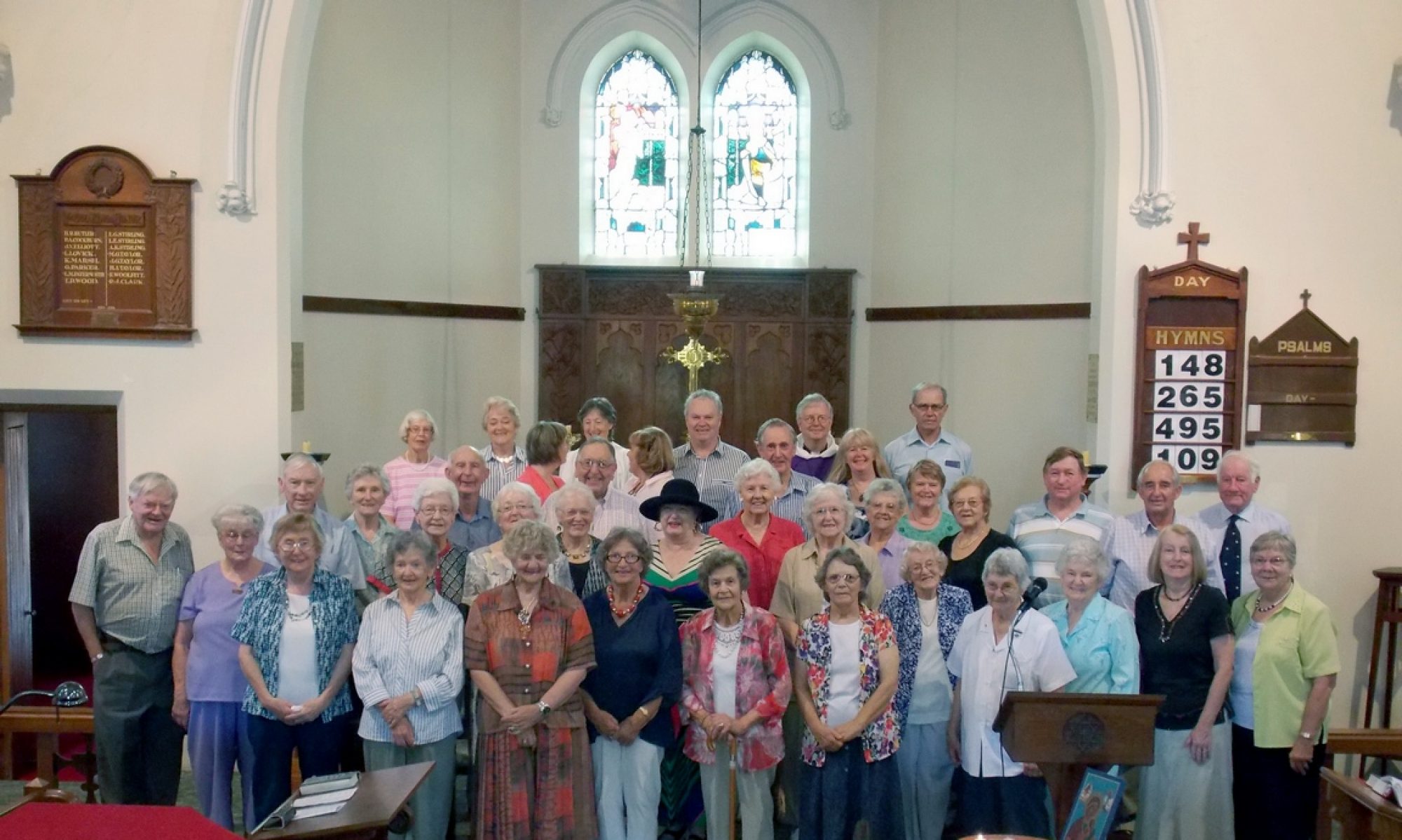It seems we can’t find what you’re looking for. Perhaps searching can help.

Following Jesus in Strathalbyn, Meadows, Langhorne Creek and Milang

Following Jesus in Strathalbyn, Meadows, Langhorne Creek and Milang
It seems we can’t find what you’re looking for. Perhaps searching can help.